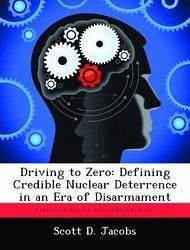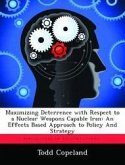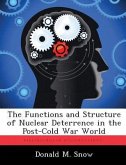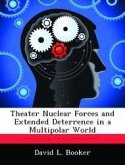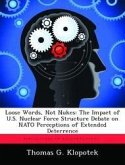Nuclear deterrence, like climate change, is a devilishly complex issue that tends to polarize its community of experts. Disarmament advocates talk about the catastrophic dangers posed by large nuclear weapon stockpiles. Proponents discuss the inherent security advantages provided by nuclear deterrence. With some notable exceptions, attitudes among world leaders in the past 40 years tend to support reduced weapon stockpiles and policies to prevent proliferation. The U.S., by virtue of its large nuclear stockpile and stature as a global superpower, remains a leader for this issue. U.S. leadership has long stated a policy towards nuclear disarmament that is conditional on the world environment and preserving security of U.S. interests and allies. This policy has generated numerous proposals by various strategists to reduce the U.S. nuclear stockpile to levels well below the current force structure. Inevitably, each proposal generates considerable debate about the quantity of the reduction. This paper contends that quantity of reductions should not be the primary focus of debate. Rather proposals should be analyzed within the larger context of a chronological continuum with New START as the initial point and global zero as the end point. This approach aligns the entire community along the same framework and permits objective analysis of each proposal's stated deterrence objectives, how they derive credibility for these objectives, and implications to U.S. policy. Several proposals were examined in the paper to populate the continuum. The end result shows that the process of reducing the U.S. stockpile to low numbers will have profound implications to U.S. nuclear policy that have not been adequately discussed or tested. Debate over what the right number of weapons is must shift to how the U.S. credibly drives to zero.
Hinweis: Dieser Artikel kann nur an eine deutsche Lieferadresse ausgeliefert werden.
Hinweis: Dieser Artikel kann nur an eine deutsche Lieferadresse ausgeliefert werden.

